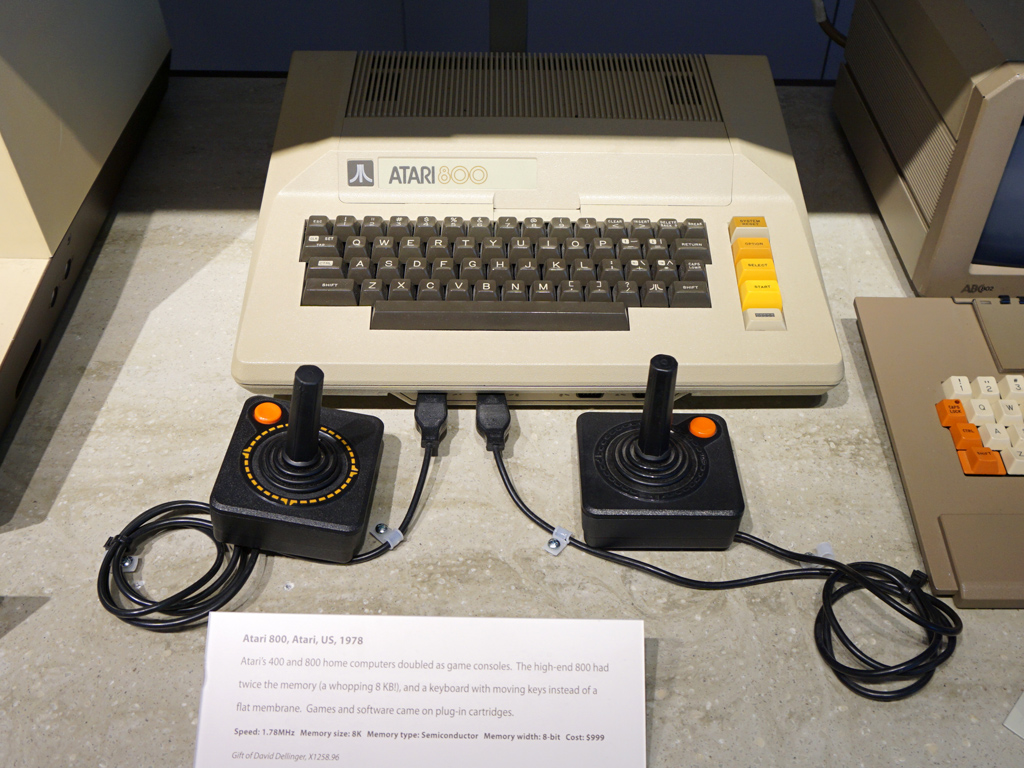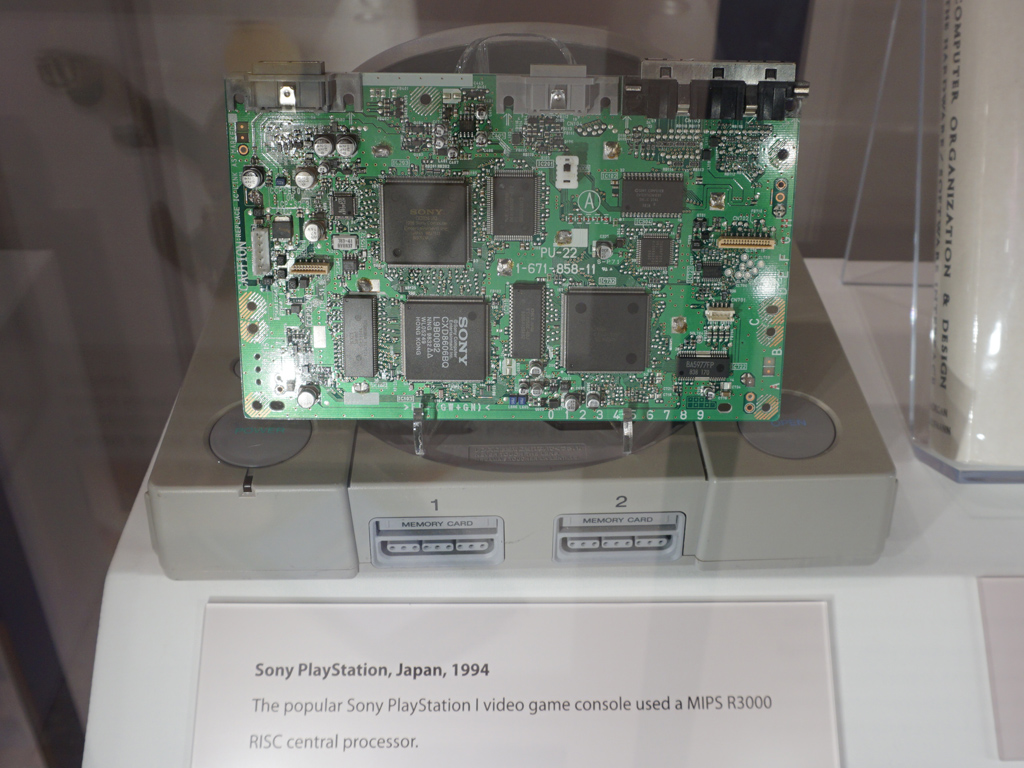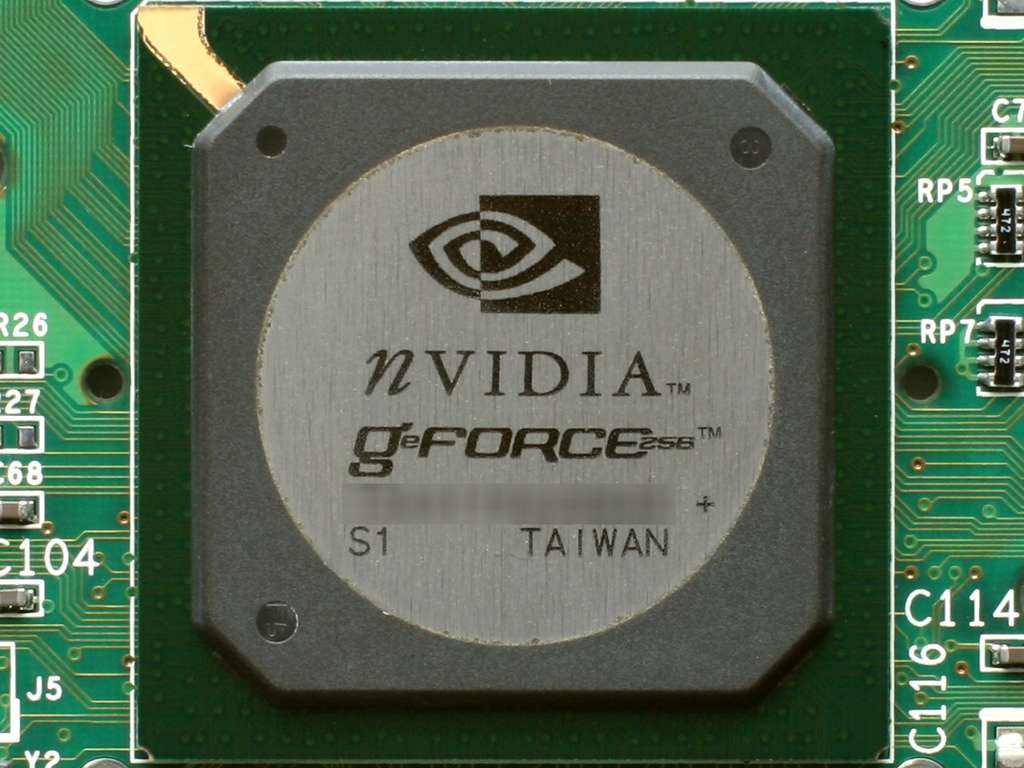Computer History: From The Antikythera Mechanism To The Modern Era
In this article, we shed light on the most important moments in computer history, acknowledging the people that have contributed to this evolution.
The First Graphics Processing Units (GPUs)
The GPU (Graphics Processing Unit) or VPU (Visual Processing Unit) handles the display and acceleration of graphics (especially 3D). It consists of one or more processors and also has its own RAM. Modern GPUs also handle more complex calculations (Physics) and can be used for heavy parallel processing tasks. In other words, it's worthwhile to talk about GPU history.
Atari 2600
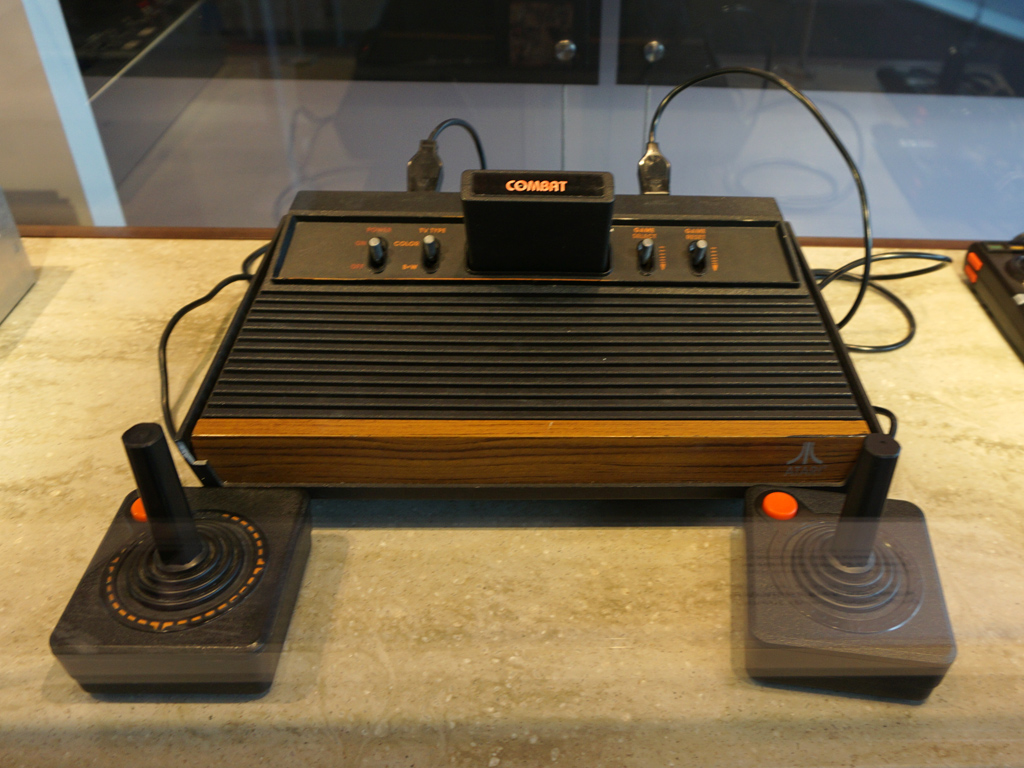
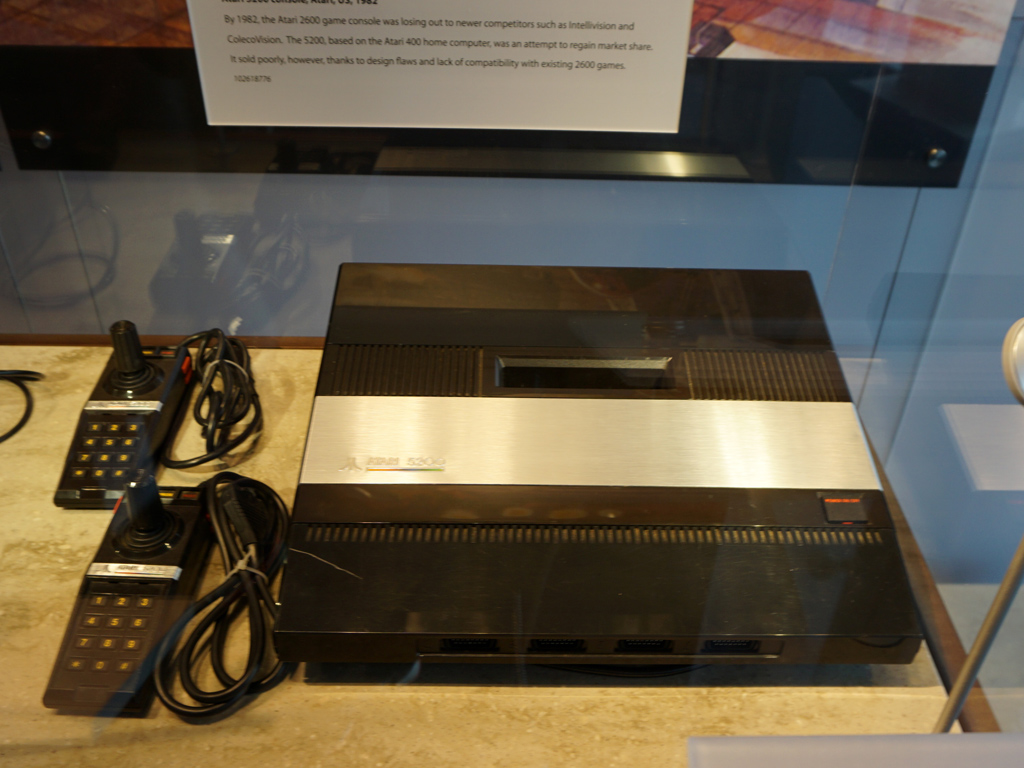

Jay Miner was a brilliant integrated circuit designer who moved to Atari during the late 1970s. One of his first breakthroughs was the design of the TIA circuit, which was the display hardware of the famous Atari 2600 gaming console. The Atari 2600, or Atari VCS used ROM cartridges for the games, and its successor was the Atari 5200, released in 1982.
Atari 400/800
In late 1970 the first Atari computers, the 8-bit Atari 400 and Atari 800, were the first to have special integrated circuits for the display and acceleration of 2D graphics, which were called ANTIC (Alpha-Numeric Television Interface) and CTIA (Colleen TIA). The second IC was eventually replaced by GTIA (George's Television Interface Adapter). Miner, who designed the ANTIC and CTIA, is considered Amiga's father and was the chief designer behind Amiga, which started as project Lorraine. Amiga was the first mass-produced computer equipped with a special 2D accelerator (called blitter). Thanks to its graphics capabilities the computer enjoyed recognition and huge worldwide sales.
ΙΒΜ Professional Graphics Adapter
In 1984 IBM introduced its first GPU called Professional Graphics Controller (PGC) or Professional Graphics Adapter (PGA). In essence, it was an expansion card that could accelerate 3D graphics as well as 2D graphics. It consisted of three separate boards that were connected together, and it had its own CPU along with dedicated RAM (an Intel 8088 CPU and 320KB RAM).
The PGC supported resolutions of up to 640 x 480 pixels, with 256 colors simultaneously shown on the display and a refresh rate of 60 frames per second. Its price was $4,290 when it was first introduced. This specific GPU didn't manage to achieve notable commercial success, not only because of its high price, but mainly because of the lack of adequate software support. However, the PGC is still considered an important milestone in the history of GPUs.
Other Significant GPUs
In 1985 Amiga revolutionized the graphics market with its advanced design and circuitry. The specially designed boards that fully handled the creation and acceleration of graphics in Amiga not only relieved the CPU from this task, but also offered the home computer very high graphics capabilities. It is safe to say that the Amiga was one of the first commercial computers equipped with what we now call a GPU.
Six years later, in 1991, S3 presented the S386C911, which was the first single-chip 2D graphics accelerator. For a while, graphics accelerators handled only 2D graphics, until the release of the first 3D graphics accelerators (S3 VIRGE, ATI RAGE and Matrox Mystique). Meanwhile, the fifth generation gaming consoles, PlayStation and Nintendo 64, were equipped with pretty strong 3D GPUs.
Get Tom's Hardware's best news and in-depth reviews, straight to your inbox.
PC users who desperately wanted fast 3D graphics had to wait until 3dfx Interactive introduced its legendary Voodoo accelerators. The first models only supported 3D graphics, so they required another display card that would handle 2D graphics. Later, the 2D and 3D graphics acceleration chips were merged into one, and the first card that supported both 2D and 3D acceleration was the V1000 by Vérité.
GeForce 256 By Nvidia
In 1999 Nvidia introduced the successor to the RIVA TNT2. The GeForce 256 supported the Transform and Lighting (T&L) engine and took the burden off of the main CPU for the creation of complex graphics effects. The GeForce 256 was significantly faster than the previous generation, with the performance difference reaching 50 percent in most games. In addition, the GPU was the first to fully support Direct3D. We should also mention that the integration of the T&L engine in GPUs allowed Nvidia to enter the professional CAD market as well, with the professional Quadro GPU line.
MORE: Best Graphics Cards
MORE: All Graphics Content
Current page: The First Graphics Processing Units (GPUs)
Prev Page NeXT Cube Next Page The First Video Games And Game Consoles
Aris Mpitziopoulos is a contributing editor at Tom's Hardware, covering PSUs.
